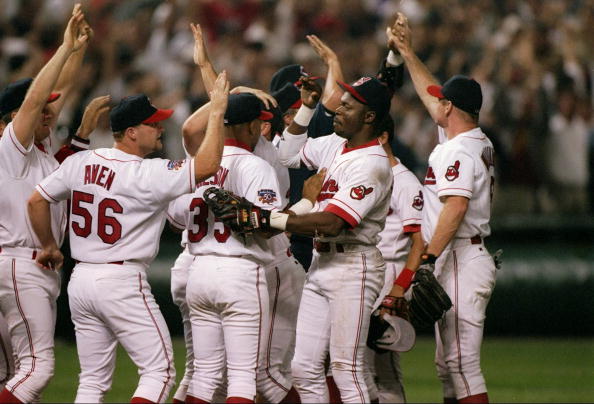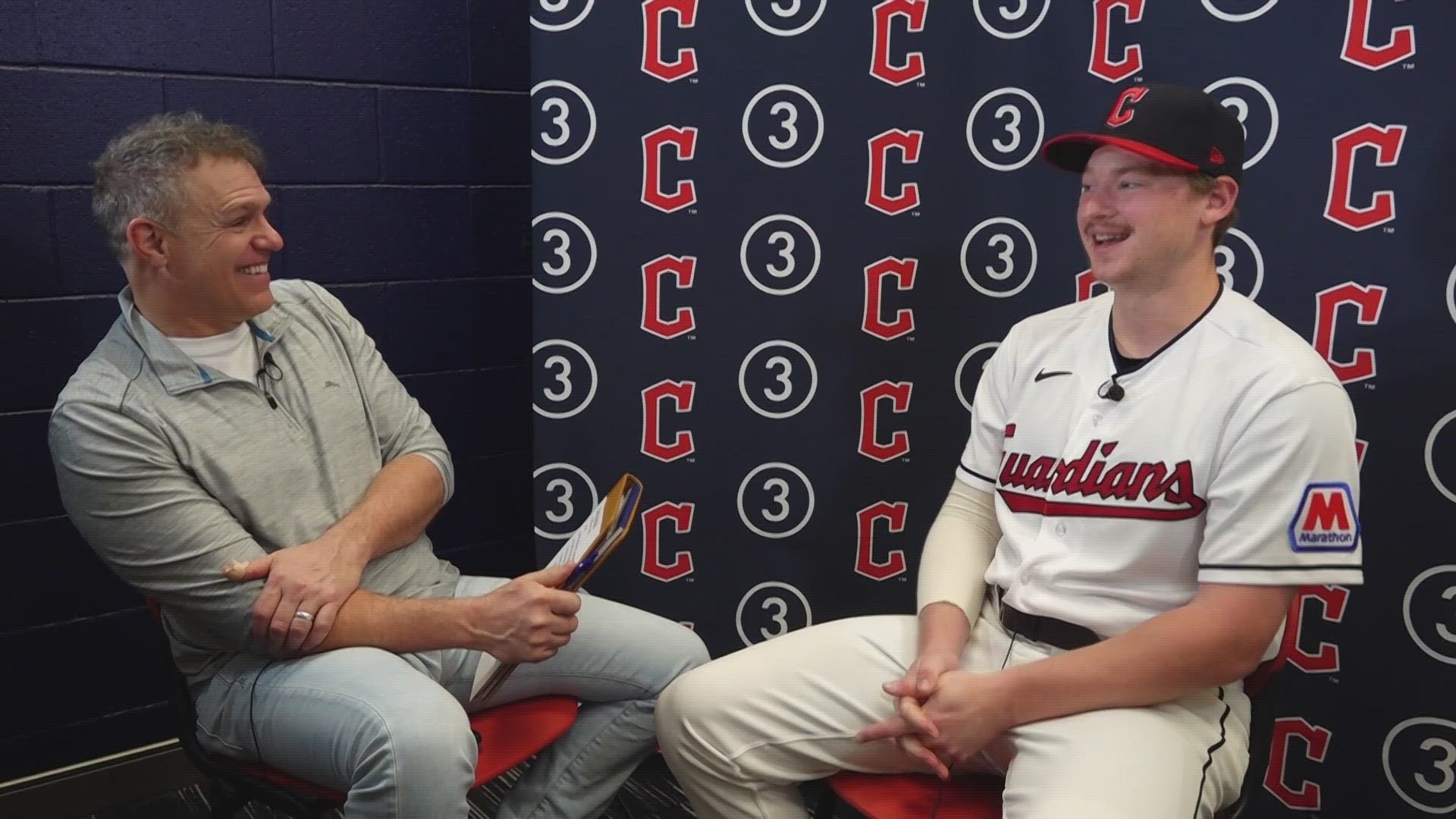How many of you can remember hearing this phrase from your parents?: "It's never okay to hate anyone or anything, unless you're talking about the New York Yankees. In that case, it's okay to hate."
While in Cleveland that exception has also been made for the Pittsburgh Steelers and Michigan Wolverines, that deep animosity for the so-called "Evil Empire" has stuck with generations of Indians fans for decades. With both teams set to face off in the American League Division Series, those feelings are bubbling to the surface once again.
Now it's true, any "rivalry" that exists between the two teams has been pretty lopsided: The Bronx Bombers have won well over half their games against the Tribe, and lead the World Series trophy race 27-2.
Yet in spite of the disparities, the Tribe and Yanks have had some memorable exchanges over the years involving some of baseball's most storied names.
1920: Triumph & tragedy

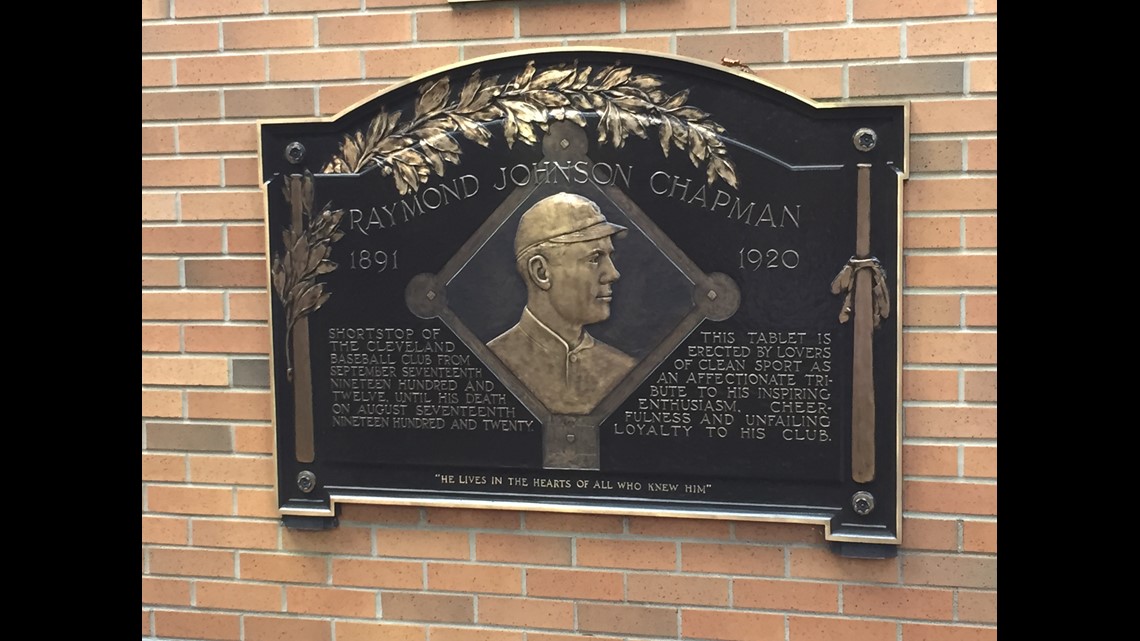
The Indians and Yankees found themselves in a heated battle for the 1920 American League pennant, trading positions in the standings with the Chicago White Sox until the final weeks of the season. New York was led by the legendary Babe Ruth, who in his first season with the club hit .376 with a then-record 54 home runs.
Things took a tragic turn, however, when the two teams met on August 16 at The Polo Grounds in New York. Batting against Carl Mays, Tribe shortstop Ray Chapman was hit in the head by a pitch and immediately collapsed to the ground. With no helmets at the time, Chapman's injury proved to be more serious than originally thought, and he died 12 hours later.
The team was devastated, but was able to use Chapman's death as a rallying cry. Led by player-manager and future Hall of Famer Tris Speaker, the Indians clinched the AL pennant on October 2 and went on to defeat the Brooklyn Robins in the World Series.
1950s: Always a bridesmaid

The Yankees of the 1950s were a powerhouse: Mickey Mantle, Yogi Berra, Whitey Ford, the list goes on. The Bronx Bombers won eight pennants and six World Series during the decade.
Unfortunately, their success often came at the expense of the Indians: Five times during the decade, Cleveland finished second behind New York for the American League pennant. The most painful race came in 1955, when the Tribe—tied for first with just seven games left—faded down the stretch and finished three games back.
Only once would the Indians get the better of the Evil Empire in the 50s, as the 1954 team ran away the pennant with a then-AL record 111 wins. Ironically, the Yankees would win 103 that year, their highest total of the decade.
1970s: A virtual farm team
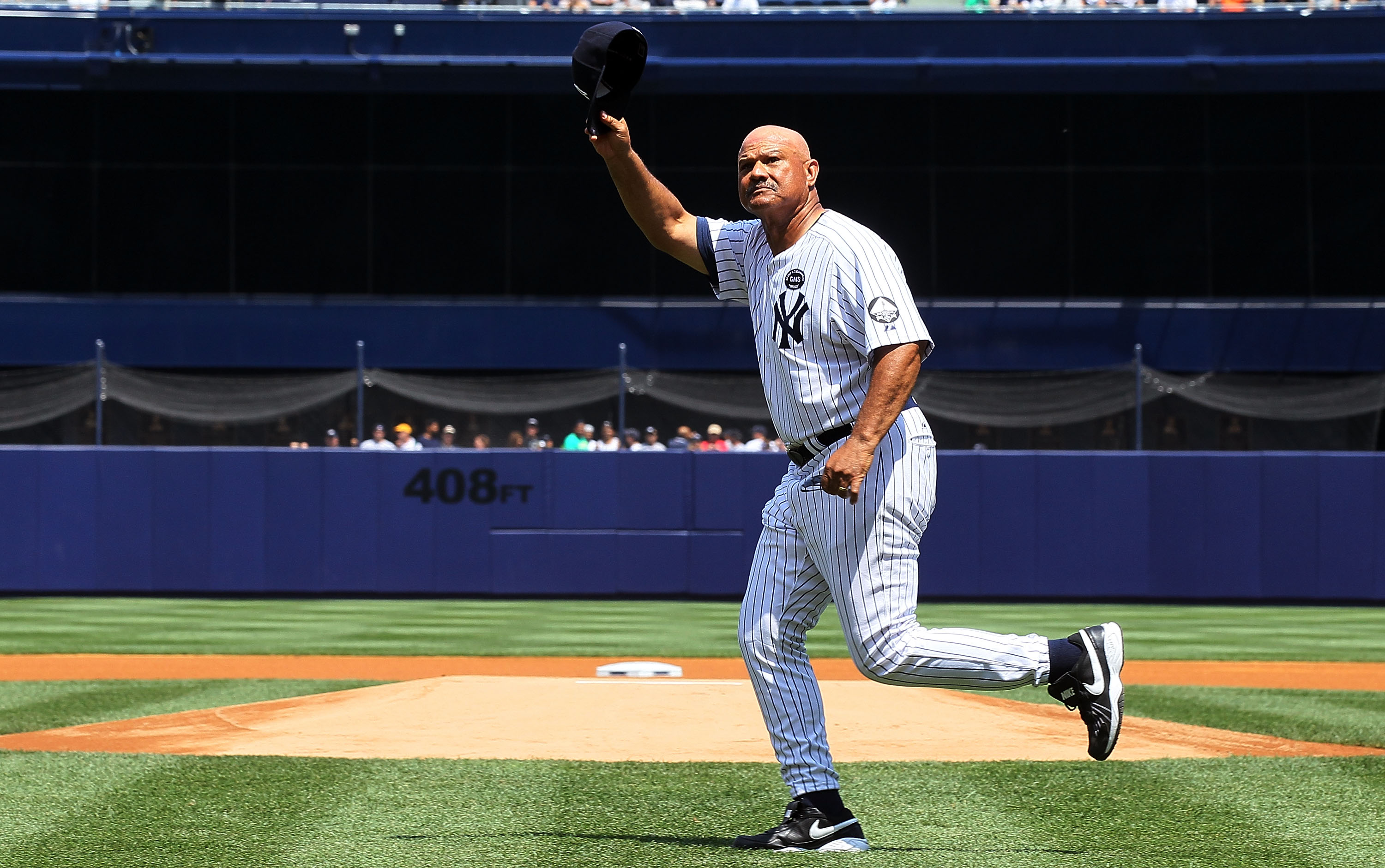
The 1970s Indians were, to put it kindly, terrible, never finishing above fourth place in the AL East. It was part of a 41-year stretch in which the club failed to even make the postseason.
Things looked to be promising at the start of the decade, though, thanks in-part to a trio of young players: Chris Chambliss, the 1971 AL Rookie of the Year; Graig Nettles, who averaged 24 home runs a season from 1970-72; and Dick Tidrow, who won 28 games and logged more than 500 innings from 1972-73.
The Yankees, meanwhile, were at their lowest point since the pre-Babe Ruth era: From 1965-72, the Bombers never made the playoffs and only finished above fourth once. Their fortunes, however, were about to change, and the Indians be an unfortunate partner in the process.
Thanks to a feud with manager Ken Aspromonte, the Tribe traded Nettles to New York on December 27, 1972. The Yankees also received catcher Jerry Moses, and sent John Ellis, Jerry Kenney, Charlie Spikes, and Rusty Torres to Cleveland.
But the teams weren't done: On April 26, 1974, the Indians traded both Chambliss and Tidrow (along with pitcher Cecil Upshaw) to the Yankees for Fred Beene, Tom Buskey, Steve Kline and Fritz Peterson. To make matters worse, it was Cleveland native George Steinbrenner who pulled the trigger on the deal, having bought the Yanks in 1973 after previously failing to purchase the Tribe.
Nettles, Chambliss, and Tidrow would all play key roles on the Yankees' World Series teams of the late 70s, while the seven players the Indians received in return would combine for just 2.5 WAR during their careers in Cleveland.
Late 1990s: A dynasty is born, another falls short
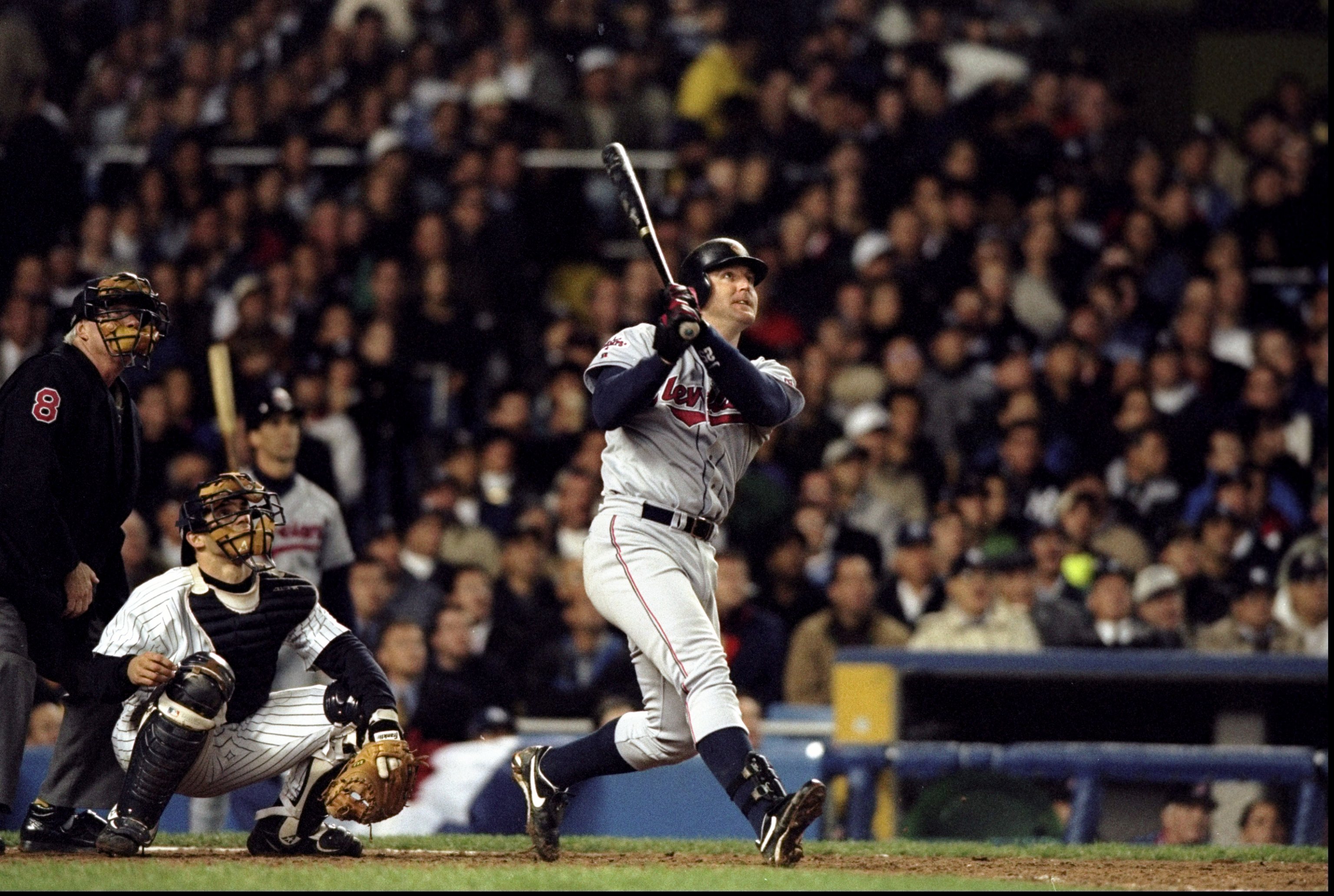
The Indians finally left the Yankees in the AL East and moved to the Central in 1994. The move, combined with an unprecedented influx of talent, helped the Tribe win six division titles from 1995-2001.
Many of their more memorable postseason battles came against the hated Yankees, especially in 1997. Down 2-1 both in the game and in the ALDS, Sandy Alomar Jr. hit the biggest home run of his career off relief ace Mariano Rivera.
The Indians went on to win that game and the next night, the series, stunning the defending world champs. It was a moment many fans, especially those who remembered the heartbreak of the 1950s, had dreamed about for a long time.
The two teams would face off again the next year, this time in the ALCS. While the Tribe led two games to one, the Bronx Bombers proved to be too much and won the pennant in six games. New York had broken Cleveland's AL record that year by winning 114 games.
The '98 series proved to be a metaphor for the time period: Despite the Indians' powerful lineup, they could never get past the pitching of the Yankees, who won four World Series from 1996-2000.
Present Day: The tide turns?
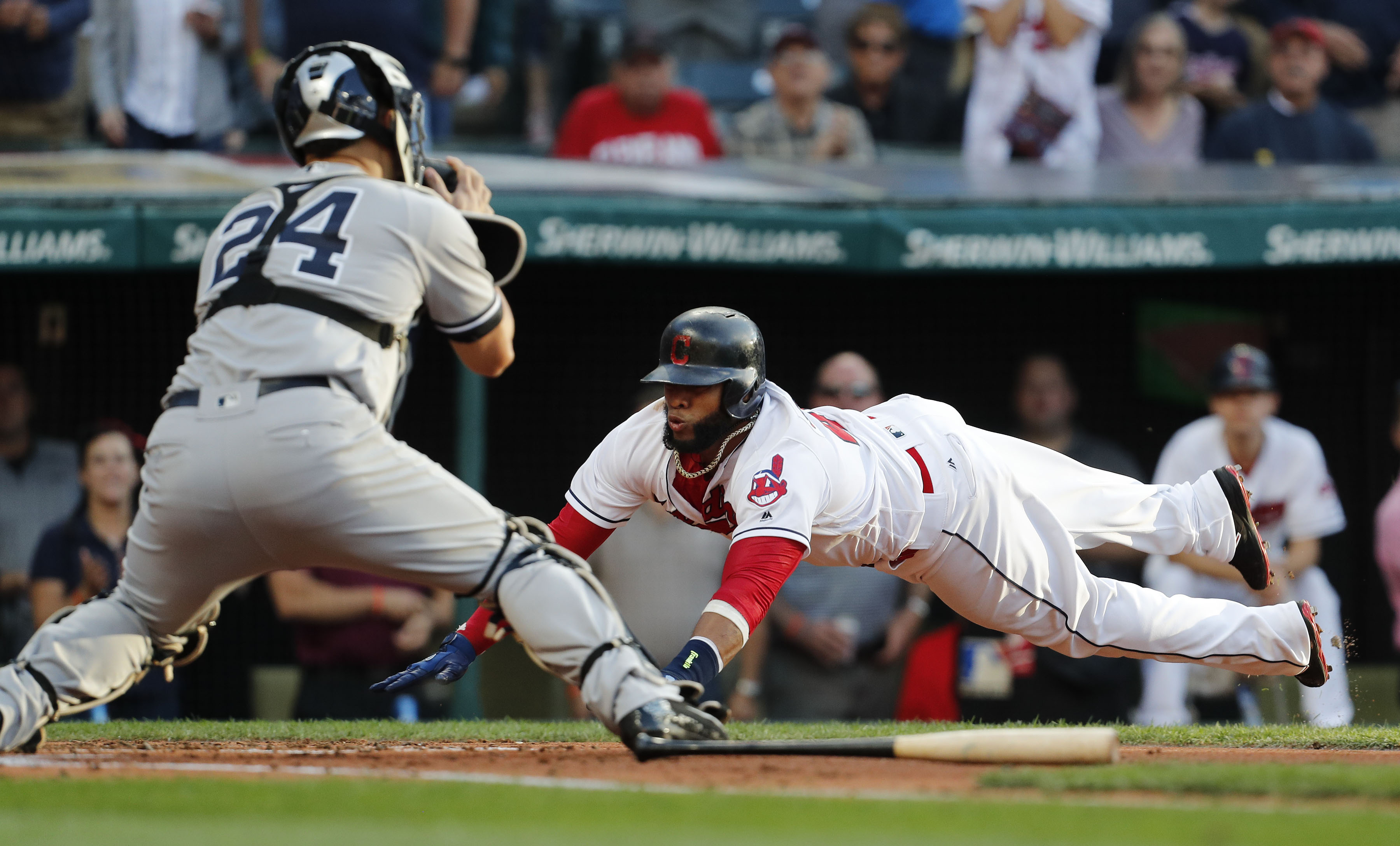
The Tribe pulled of another 1997-like stunner exactly a decade later, outlasting the Yankees in four games to win the 2007 ALDS. Game two provided the most magic, as some flying creatures appeared to aid the Indians late.
It would also bring about the end of an era in New York: Just weeks after the loss, future Hall of Famer Joe Torre was out as Yankees manager.
The thrill of victory would prove fleeting, though, as the Indians would slip back into mediocrity while the Yanks would go on to win the 2009 World Series. Adding insult to injury, former Tribe Cy Young winner CC Sabathia was the staff ace.
In recent years, however, things appear to be shifting a bit: Since 2013, the Indians actually have a better record than the Yankees and have made more trips to the postseason. They also finally made a trade with New York that worked to their own benefit, acquiring Andrew Miller in July 2016.
Both the Indians and the Yankees believe they have what it takes to win a pennant, each sporting a solid core of young players and complementary veterans. However, Yankee fans still have something Indians fans want desperately: A recent World Series title.
The Tribe has not won it all since 1948. The Yanks? They've won it 16 times during that period.
The Indians are the favorite to get back to the World Series and perhaps win it this time around. It seemed inevitable, though, that somewhere along the way, they would have to vanquish the Evil Empire to do it. That time has come, and no matter what the records say, Clevelanders will always see themselves as the underdog. Perhaps it's more fun that way.

